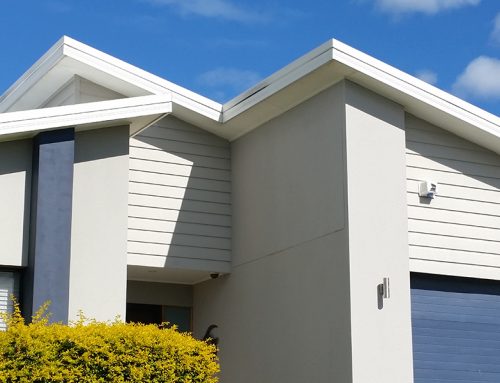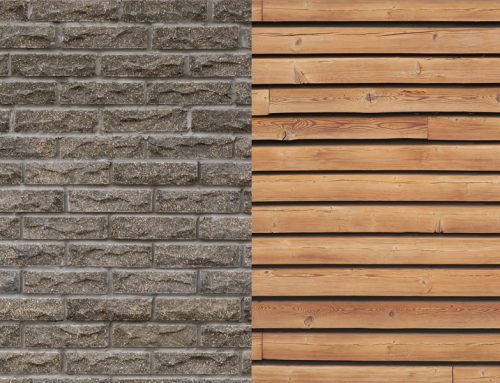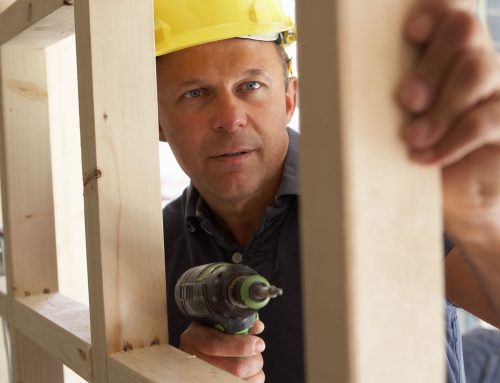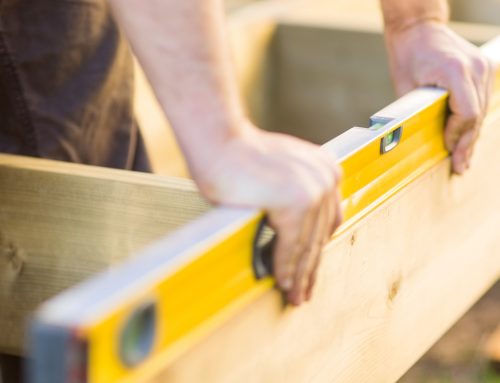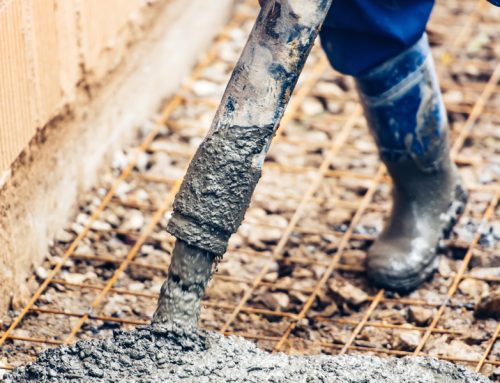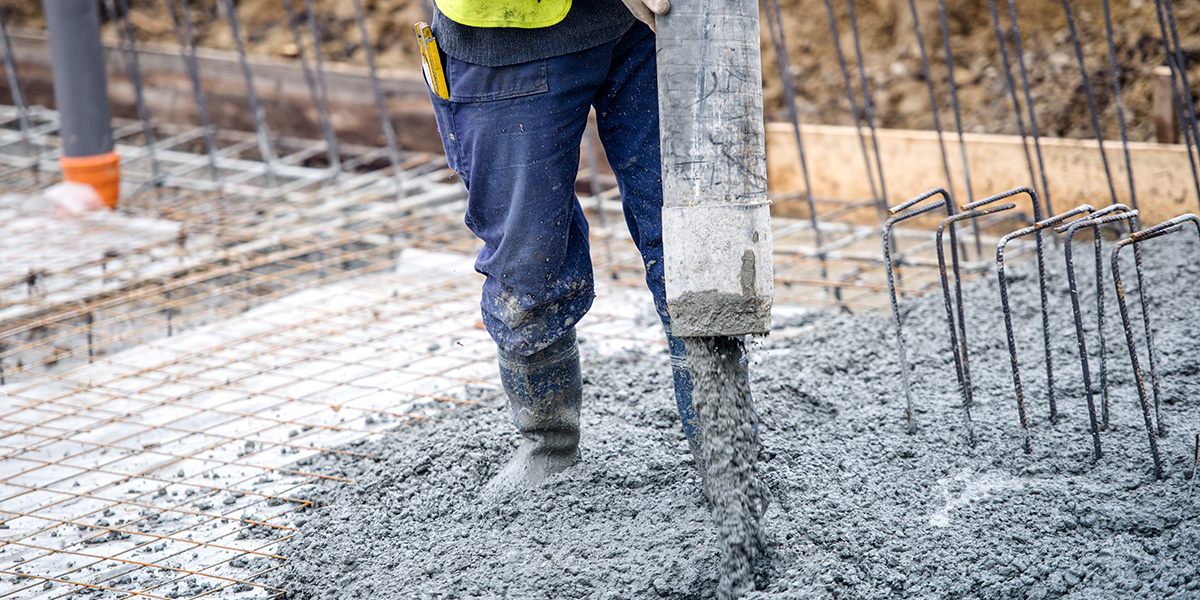
When you’re building a house you start from the ground up, meaning the foundations are the first job undertaken. We take a look at three different types of foundations…
There are 3 types of foundations to choose from. You choices depend on the type of home you are building and where you’re building it. A proper foundation does more than just hold a house up. It keeps out moisture, insulates against cold weather and resists movement of the earth around it. One more thing: It should last forever.
House foundations
When you’re building a new home, consult with your builder and other design professionals to see what kind of foundations for a house are suitable for your particular needs. A mix of slabs, basements and crawlspaces are common in New Zealand. But slabs becoming more and more popular over recent years. In wet and coastal areas such as the Waitakere Ranges, it’s not uncommon to build houses up on posts.
Concrete slab house foundations
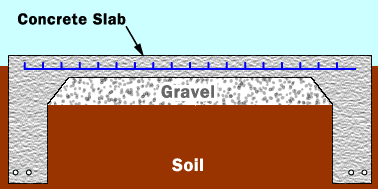 Slabs are the simplest foundations to build. They’re a concrete pad that’s poured directly onto the ground. This needs little site prep, formwork for the concrete and not much labour. They work well on level sites in warmer climates.
Slabs are the simplest foundations to build. They’re a concrete pad that’s poured directly onto the ground. This needs little site prep, formwork for the concrete and not much labour. They work well on level sites in warmer climates.
Some slabs can have problems if the ground freezes in winter. This can result in the slab shifting leading to cold floors in the winter.
A beam that is approximately 60cm deep is formed around the edge of the slab which is 12-15cm deep. Beneath the slab lies a 12-15cm layer of gravel and a .5cm sheet of plastic between the gravel and concrete to keep the damp out. The concrete has wire mesh and steel reinforced bars embedded in it. You may hear this sort of foundation being referred to as a floating slab. This is because it floats on the soil with the deeper concrete beam edge holds it in place. In cooler climates the concrete around the edge needs to extend deep enough to remain below the frost line in winter.
When putting in a slab, it’s important to remember that the sewer pipe and electrical conduits need to be put in place before the concrete is poured. The sewer pipes will then be embedded into the slab. There’s no extra space for utilities or storage as your home sits on a large platform of concrete. Slab foundations may be the least expensive to construct but they’re the most expensive to repair.
House foundations in basements
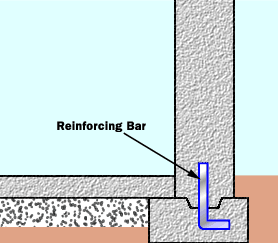 Basement foundations start with a cavity about 60cm deep. At the bottom of the cavity are a concrete slab and then a concrete or concrete block wall will form the outer walls of the basement. This method keeps the basement waterproof. A basement is usually poured in three pieces: beams, walls and a slab inside the walls to keep the basement waterproof.
Basement foundations start with a cavity about 60cm deep. At the bottom of the cavity are a concrete slab and then a concrete or concrete block wall will form the outer walls of the basement. This method keeps the basement waterproof. A basement is usually poured in three pieces: beams, walls and a slab inside the walls to keep the basement waterproof.
Basement house foundations are often the most expensive because of all the extra materials and time needed. This extra expense will make your home easier to maintain in the long run. And it will also typically have a better resale value than the other two types of house foundations
Crawl space foundations
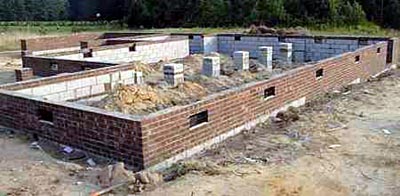 A crawl space has many advantages over concrete slabs or basements as they not only get the house off the ground but they’re less expensive than a basement and comparable to a slab in terms of price.
A crawl space has many advantages over concrete slabs or basements as they not only get the house off the ground but they’re less expensive than a basement and comparable to a slab in terms of price.
Duct work, sewerage and other plumbing can run easily in the crawl space, making it easy to service and repair over the houses lifetime.
The cooling effect that houses with a crawl space may experience in summer can have the opposite effect in the winter. Floor joists need to be insulated which will raise the cost of construction. The most concerning disadvantage of crawl space foundations will only happen if they’re not properly maintained or built without enough ventilation.
You may notice that the concrete work for crawl spaces doesn’t appear to be done with a lot of precision. But don’t worry as one of the cool things that a bricklayer/mason will do is adjust the height of the cinderblocks and bricks using mortar to level it out and finish it off.
Dampness can be a problem in both crawl spaces and basements. Using suitable drainage methods water can be successfully drained away. In a house with a basement using a drainage system, insulation and waterproofing combine to keep the area dry and secure.
What kind of foundations will your next house sit on? Let us know your experiences in the comments section below.
